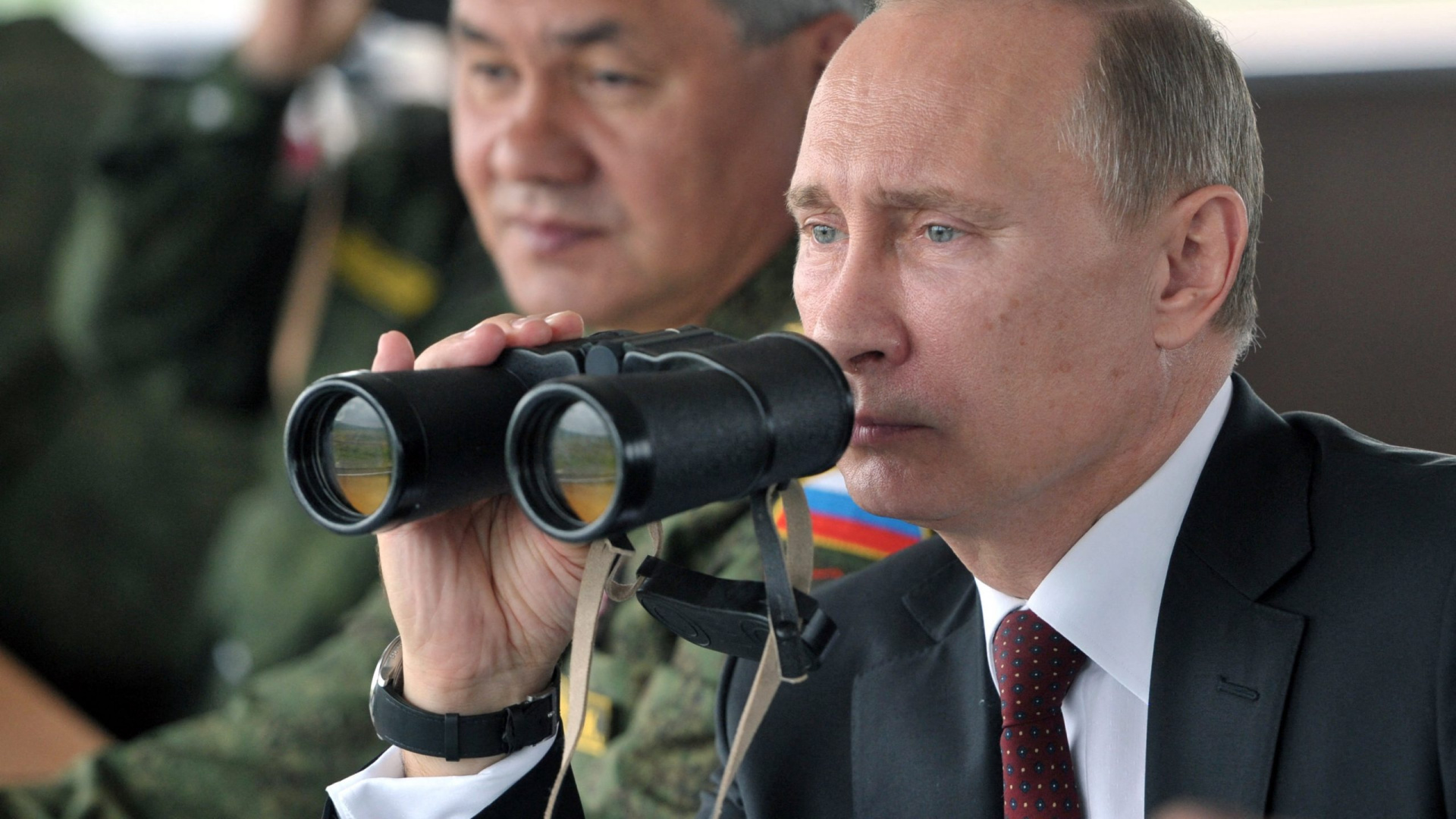Stockholm, 1972: The first climate summit
Although the United Nations only officially launched the COP (Conference of the Parties) in 1995, at which climate change is specifically discussed each year, the first major climate summit was organized by the United Nations in 1972 in Stockholm. It was led by environmental pioneer Maurice Strong, pictured riding his bike at the meeting.
This picture shows Maurice Strong, Commissioner at the Stockholm Climate Summit in 1972, with the then President of the United Nations, Kurt Waldheim. During Waldheim's tenure at the UN, no one remembered his past, but in 1986, when he ran for the post of Austrian President, a scandal broke out: he had served in a Nazi volunteer division during World War II.
The Prime Minister of Sweden, the host country of the summit, in 1972 was the social democrat Olof Palme (here with Kurt Waldheim). He was a leading figure on the global left and was shot dead in 1986 while walking home from a movie with his wife. He was traveling without a bodyguard as Sweden was considered one of the safest countries in the world.
In the 1970s, people were concerned about what was commonly referred to as "pollution." The smoke that choked the cities. But by that decade, scientists had already discovered that these exhaust fumes and other human activities are changing the climate and warming the planet.
The 1972 climate summit (also known as the Earth Summit) was attended by 120 countries. The United States and India were there. In 2022, both countries are the main absentees at the COP27 along with China. Pictured: Indira Gandhi with Olof Palme.
Ecological awareness had prompted the United Nations to convene a global meeting and, since the 1960s, also mobilized young people. There were protests in front of the meeting place of the delegations, in which nudity was part of the scene - it was the hippie-era after all.
Industrial pollution had caused some major disasters in the 1960s and 1970s. Pictured a protest during the Stockholm summit by Japanese affected by Minamata disease caused by mercury spills in the waters.
The Stockholm Summit issued a very general policy statement: 26 points, the aim of which was "to protect and improve the environment for present and future generations". Pictured is the building where the delegations met.
At the time, nobody thought that CO2 emissions should be reduced or that fossil fuels should be replaced by renewable energies. The guidelines were much more general: "Earth's natural resources, including air, water, land, flora and fauna, and particularly representative specimens of natural ecosystems, must be preserved for the benefit of present and future generations," stressed one of the approved items.
An oddity that made history: Shirley Temple, a former Hollywood child star, was the United States' representative at this landmark climate summit.
The Stockholm summit served to set up monitoring mechanisms and to raise awareness among states. But public opinion may have had other focuses of attention. For example the Vietnam War. This picture shows Jane Fonda in 1972 during a protest against the war in Stockholm.
Stockholm was the first step on a long journey and, above all, has institutionalized the scientific monitoring of environmental risks. The United Nations Environment Program (UNEP) emerged from this summit. And the next meeting? Well, it didn't come until 20 years later!
The second major climate summit took place in Brazil, in Rio de Janeiro. 172 countries took part and from there the work that would lead to the Kyoto Protocol and the Paris Agreement.
In Rio de Janeiro, the climate problem was already perceived as something really serious in the 1990s. And progress has been made toward concrete action to curb global warming. Pictured is French President François Mitterrand at the Rio Summit.
Maurice Strong also chaired the Rio Summit, and he is pictured with Mikhail Gorbachev, then leader of a Soviet Union to be renewed through perestroika.
However, the most popular star of the 1992 Rio Summit was Commander Cousteau, an icon of marine exploration and defense. Cousteau is pictured with then-President George Bush.
After Rio, the work of the United Nations intensified to reach agreements that will enable us to save the planet from environmental degradation. The COP27 in 2022 is the culmination of an effort that began in Stockholm while demonstrating the urgency of radical action to curb global warming. We have less and less time. The fact is that the consequences are already irreversible.
Image: NASA
More for you
Top Stories






























